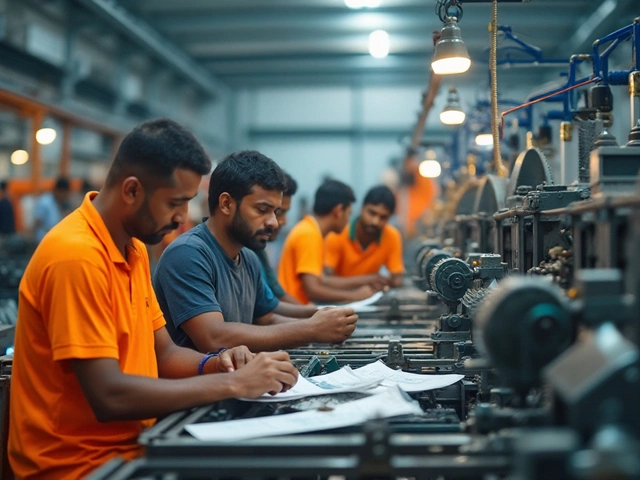Plastic Identification: The Basics and Why It Matters
When working with Plastic Identification, the practice of recognizing and classifying plastic items by their material composition and visual cues. Also known as plastic sorting, it helps manufacturers, recyclers, and consumers make smarter choices about waste and reuse.
One of the most common tools in Resin Identification Code, a numbered system printed on most plastic products that signals the polymer family is the triangle of arrows with a number inside. This code links directly to Polymer Types, such as PET, HDPE, PVC, LDPE, PP, PS, and others, each having different recycling pathways and environmental impacts.
Plastic recycling relies on accurate identification; if a mixed stream contains the wrong polymer, it can contaminate the whole batch and lower the quality of recycled material. That is why many cities enforce the Single‑Use Plastic Ban, a policy that restricts items like bags, straws, and cutlery to reduce litter and simplify sorting. Knowing which plastic you have makes compliance easier and cuts down on waste.
How Plastic Identification Enables Effective Recycling
Plastic identification encompasses a set of visual checks—look for the recycling triangle, feel the texture, and note transparency or color. It also includes testing methods like density floatation or burn tests for advanced users. These steps let you match a product to its correct polymer type, which in turn tells you whether your local facility can process it. For example, PET bottles (code 1) are widely accepted, while PVC (code 3) often ends up in landfill because it requires special handling.
When you separate plastics correctly, you reduce contamination rates. Lower contamination means higher yields of high‑quality recycled resin, which manufacturers can turn into new containers, clothing fibers, or construction materials. This chain of cause and effect shows why plastic identification is a key step in the circular economy.
Many manufacturers now embed QR codes or RFID tags on packaging to automate identification. These digital labels link back to a database that tells recyclers the exact polymer blend, additives, and any special processing needs. While the technology is still growing, it demonstrates that accurate identification can be scaled up beyond manual sorting.
For everyday consumers, the biggest win is simple: check the number inside the recycling symbol before you toss something in the bin. If the number is missing, you can still guess based on texture—hard, clear items are often PET, while flexible, milky white pieces tend to be LDPE. When in doubt, place the item in the general waste stream to avoid contaminating recyclables.
Industries such as automotive, electronics, and textiles also depend on plastic identification. An auto parts maker, for instance, must know whether a component is made of PP (code 5) or ABS (code 7) to meet safety standards and recycling regulations. Likewise, textile producers recycle PET bottles into polyester fibers, turning identified plastics into fabric for clothing.
Governments use identification data to track progress on the single‑use plastic ban. By monitoring the volume of each polymer collected, they can see whether bans are reducing the most problematic plastics, like single‑use polyethylene bags. This feedback loop helps shape future policy and encourages manufacturers to redesign products for easier sorting.
In practice, the process looks like this: pick up an item, locate the recycling triangle, read the number, match it to the polymer type chart, then decide if your local program accepts it. If you’re setting up a small business, create a simple poster with the main codes and their typical uses. Train staff to follow the steps, and you’ll see less waste and lower disposal costs.
Remember, plastic identification isn’t just about recycling; it also impacts health and safety. Certain polymers release harmful fumes when burned, so knowing the type helps emergency responders handle fire incidents correctly. It also informs consumers about potential chemical leaching from food‑grade plastics.
Overall, mastering plastic identification gives you the power to make informed choices, support effective recycling, and comply with emerging bans on single‑use items. Below you’ll find a curated set of articles that dive deeper into each aspect— from the science behind resin codes to real‑world case studies of manufacturers adopting smart labeling. Explore the collection to sharpen your knowledge and apply practical tips right away.

Code 5 plastic, or polypropylene, is everywhere—from food packaging to car parts. Here’s a deep look at its properties, safety, recycling, and real-life tips for identifying and using it smartly. (Read More)








